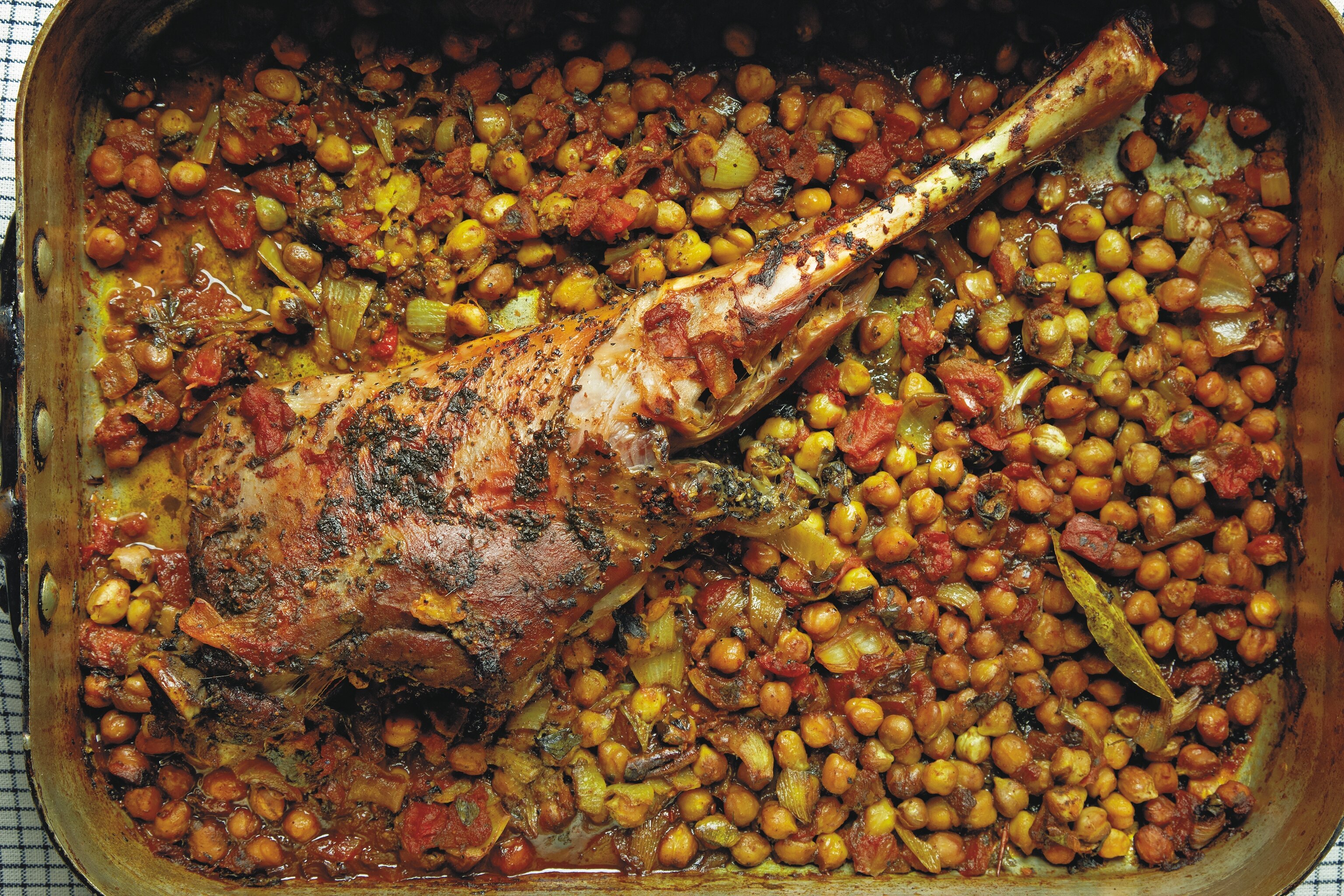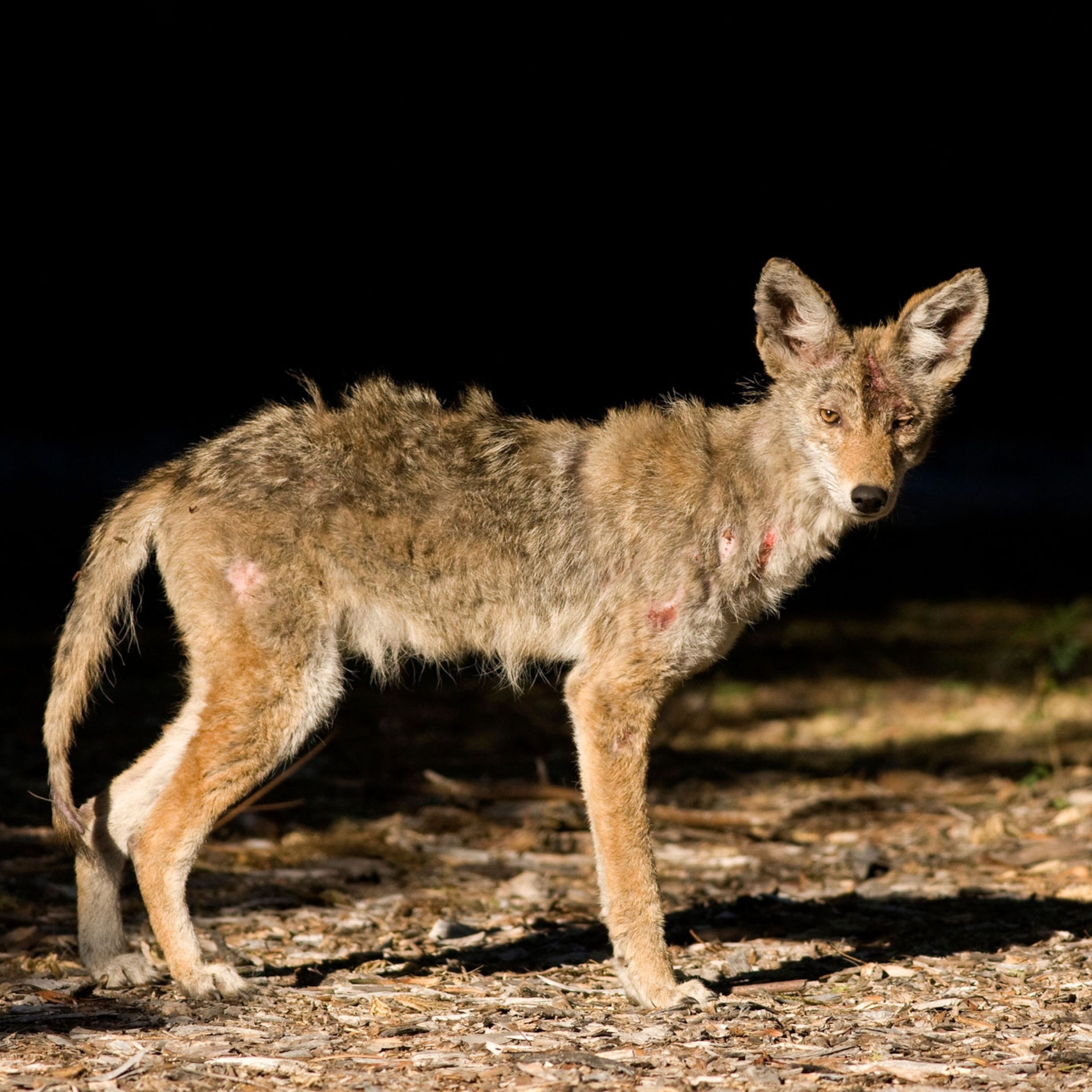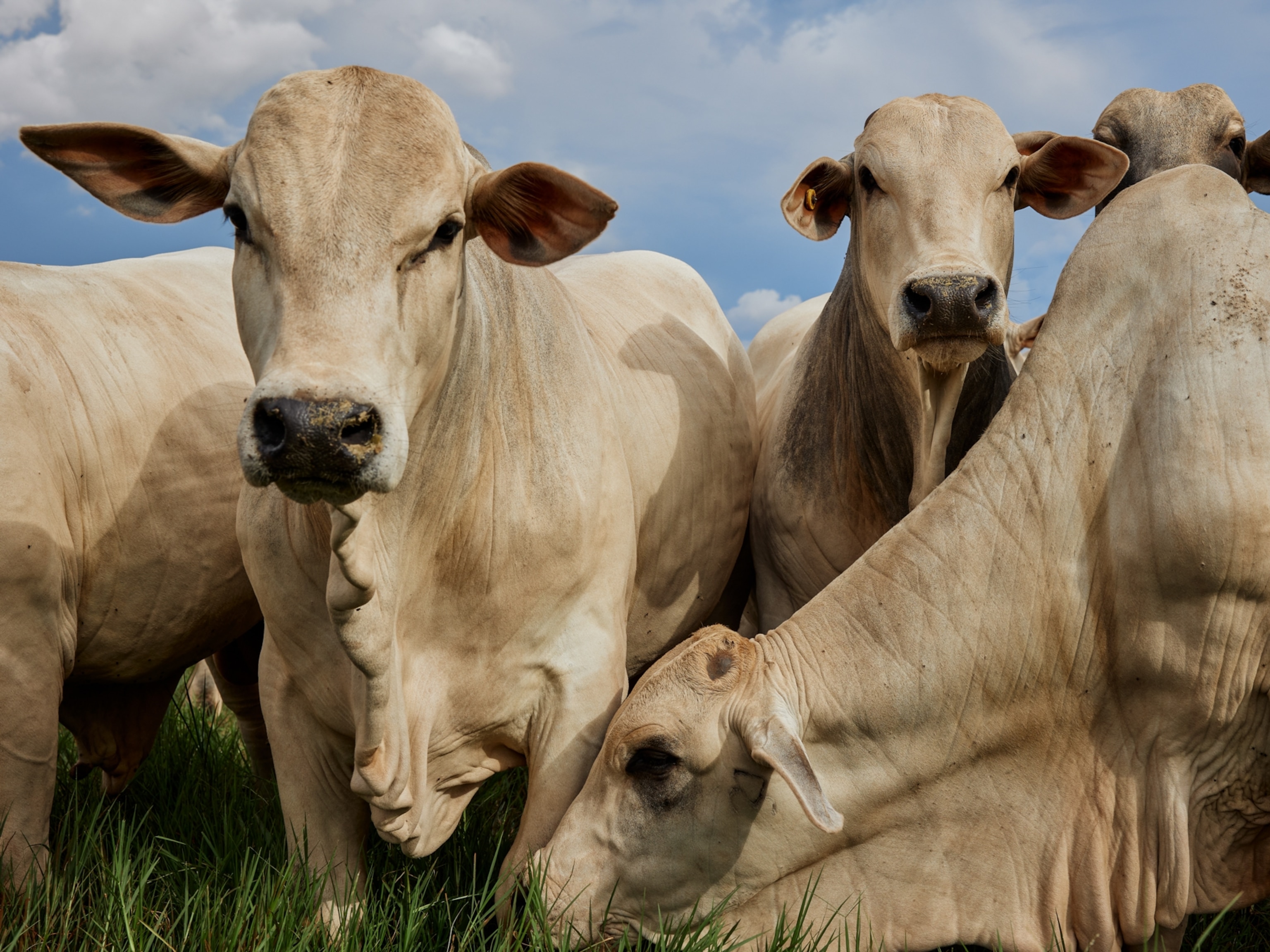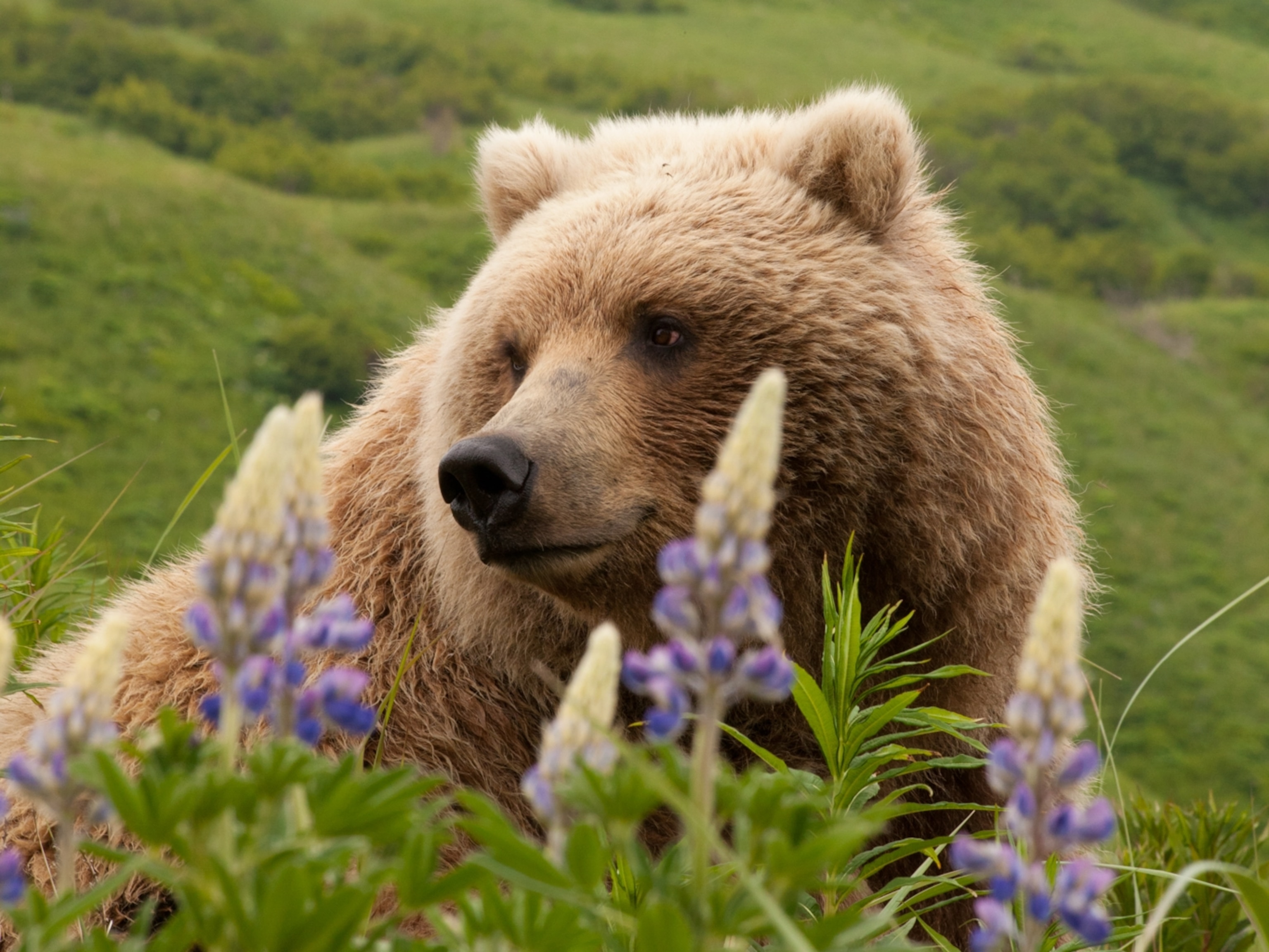
For Chinese New Year, Go for the Goat
The Chinese New Year is here, and that’s a guarantee for plenty of partying, fireworks, and celebratory food. What’s not quite as certain, however, is exactly which animal is being welcomed with all this revelry. That’s because the Mandarin word for this year’s creature is yang, which in English can translate to goat, sheep, or ram. We food lovers here at The Plate are on team goat. For one thing, it’s delicious, as most of the world outside the U.S. already knows. For another, it’s highly sustainable. So to get your taste buds in the mood, we caught up with Mark Scarbrough and Bruce Weinstein, authors of the definitive cookbook on the subject, Goat: Meat, Milk, Cheese.
Q: What led you to write an entire cookbook devoted to goat?
BRUCE: We moved out of New York City eight years ago—and ended up around some goat farms in rural New England. Through tasting and then research, we discovered what a great, low fat, high-protein, flavorful meat this was. We got hooked and wanted to spread the word.
Q: You say in the introduction that goat can be a hard sell. Why are people in the U.S. usually so put off by eating it?
MARK: In general, people want meat that doesn’t look like meat. They don’t want to be reminded of what it is. We have some friends even afraid of bones! Yes, there is a butchering subculture developing in the U. S., but most people want boneless skinless this or filet of that. Goat is goat—no doubt about it. (Of course, goat also doesn’t have good PR the way, say, lamb does.)
Q: When goat is good, what should it taste like?
BRUCE: It’s like a cross between dark meat turkey and pork loin. If it tastes like a barnyard, the goat was either too old or improperly processed.
Q: Are milk goats and meat goats the same?
MARK: No—although some Caribbean and Middle Eastern cultures eat their dairy goats. In Europe and North America, milk and meat goats are different varietals.
Q: What makes goat a better choice for health than say, beef or even chicken?
BRUCE: Goat meat is leaner than even boneless skinless chicken breasts. Of course, that brings all sorts of cooking problems to the table—but we address those in the book. And because goat is never raised on industrial farms, you don’t have any of those problems to consider.
Q: And how does eating goat cut down on your carbon footprint?
MARK: As Bruce said, it’s not raised on factory farms. It’s still a cottage industry, despite being a global cuisine. When you eat goat, you are supporting local farmers, period.
Q: So why aren’t more U.S. chefs putting it on their menus?
BRUCE: Unfortunately, distribution networks in the United States are still iffy. It can be difficult to get it on a regular basis—and chefs rely on stable sourcing so their menus don’t change every night. Plus, most chefs are in the business of selling food, not necessarily enlightening the general public. That may sound crass, but it’s the reality of the business.
Q: Where can the curious home cook purchase goat, and what should a buyer be looking for?
MARK: You’ll need to search out local farms near you—or farmers’ markets. You’ll find suppliers with a quick online search—including people who will drop-ship to you. Some large, high-end supermarkets carry goat regularly.
BRUCE: Start out with goat leg—and prepare it just like a leg of lamb. Also look for ground goat—mix it with Worcestershire, black pepper, and crumbled goat cheese for an outrageous burger. If possible, ask to smell the meat you’re buying. If it smells like a barnyard, go elsewhere.
Q: Do you have a good gateway recipe for the skeptical?
MARK: Try goat leg roasted over chickpeas, tomatoes, and saffron. Or sali boti, a traditional curry with dried apricots in the mix. Or the goat meatballs braised with artichokes and fennel. Those should get you goaty in a hurry!

______________________________________________________________________________________________
Spanish-Inspired Leg of Goat on a Bed of Chickpeas, Tomatoes, and Saffron
Call it dinner for six with a starchy side dish at the ready.
3 medium garlic cloves, peeled
2 tablespoons packed fresh oregano leaves
2 tablespoons olive oil
1 teaspoon salt
1 teaspoon freshly ground black pepper, halved and used in two places in the recipe
One 4-pound (1.8-kg) leg of goat
3½ cups (800 g) canned reduced-sodium diced tomatoes, drained
3 cups (680 g) canned chickpeas, drained and rinsed
2 cups (480 ml) dry sherry
1 medium yellow onion, chopped
½ cup (115 g) chopped fresh parsley leaves
1 teaspoon smoked paprika (see page 28)
1 teaspoon ground cloves
½ teaspoon ground cinnamon
½ teaspoon saffron threads, set in a small bowl with 1 tablespoon hot tap water for 10 minutes (see More to Know)
2 bay leaves
½ teaspoon freshly ground black pepper
Mash the garlic, oregano, olive oil, salt, and pepper together into a paste. You can do this in one of several ways: with the side of a large chef’s knife on a cutting board; in a mortar with a pestle; or in a mini food processor.
Spread this mixture all over the goat leg and set the leg aside at room temperature while the oven preheats to 350 F (175 C), about 10 minutes.
Mix everything else in a large roasting pan (including the saffron in its soaking water and the remaining teaspoon black pepper). Put the pan in the oven and set the prepared goat leg on top of the vegetables.
Roast until the meat is pulling away from the bone and quite tender, between 3 and 4 hours. Don’t go by temperature on this one—just notice how tender the meat is and how it is pulling away from the bone, particularly at the joint. In fact, there’s no real worry about its internal temperature; just let the leg go until it’s ridiculously tender. But don’t just leave it alone. After the first hour, baste it with the pan sauce repeatedly, about every 15 minutes. Look, you don’t have anything better to do; you’re roasting a goat leg.
To serve, transfer the leg to a carving board (the bones and meat will fall apart, so be careful and keep kids from underfoot), then slice the meat into chunks and bits, worrying less about making neat slices and more about getting cheeky chunks of it ready for the platter. Remove and discard the bay leaves. Serve the chunks in bowls with the pan sauce lapped over the top.
Recipe courtesy ABRAMS Books








